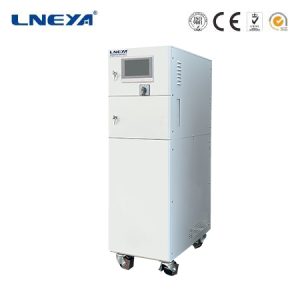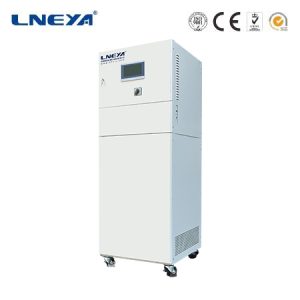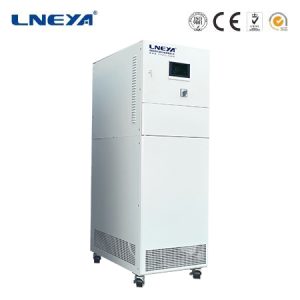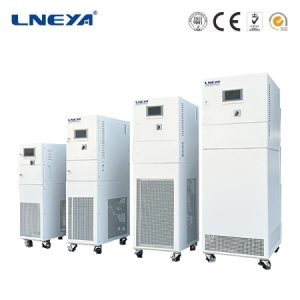Temperature control is an essential aspect of numerous industrial processes, and the temperature controller plays a central role in achieving this control. A temperature controller is an electronic device that monitors and maintains the temperature of a system within a desired range. It does so by receiving input from temperature sensors and adjusting the output to actuators, which in turn modify the system’s conditions to achieve the desired temperature.

Fundamentals of Temperature Controllers:
Temperature controllers operate on the principle of feedback control. They continuously compare the actual temperature of a system with a set point and make adjustments as necessary to minimize the difference between the two. This process is known as closed-loop control.
Types of Temperature Controllers:
Analog Controllers: These controllers use mechanical or electronic components to process the temperature data. They are generally less expensive but may lack the precision and flexibility of digital controllers.
Digital Controllers: Digital controllers offer greater accuracy and flexibility. They use microprocessors to process temperature data and can be programmed to perform complex control algorithms.
Components of a Temperature Controller:

Sensors: These are devices that measure the temperature of the system. Common types include thermocouples, resistance temperature detectors (RTDs), and thermistors.
Actuators: These are devices that respond to the controller’s output to adjust the system’s temperature. Examples include heaters, coolers, and valves.
Microprocessor: In digital controllers, the microprocessor processes the sensor data and calculates the necessary adjustments to maintain the set temperature.
Applications:
Temperature controllers are used in a wide range of applications, including:
Chemical Processing: To ensure that reactions occur at the optimal temperature.
Food Processing: To maintain consistent cooking or storage temperatures.
Manufacturing: To control the temperature in machinery and processes for quality control.
Heating, Ventilation, and Air Conditioning (HVAC): To regulate indoor temperatures for comfort and energy efficiency.

Calibration and Troubleshooting:
Proper calibration of temperature controllers is crucial for accurate temperature control. Calibration involves adjusting the controller so that it reads the correct temperature when compared to a known standard. Troubleshooting may be necessary if the controller is not maintaining the set temperature. Common issues include sensor failure, actuator malfunction, or programming errors.
Conclusion:
Temperature controllers are indispensable in industries where precise temperature control is required. They ensure that processes run efficiently and safely by maintaining the desired temperature conditions. Understanding the components, types, and applications of temperature controllers, as well as how to calibrate and troubleshoot them, is essential for anyone working in these fields.
This article has provided a comprehensive overview of temperature controllers, from their basic principles to their role in various industries. By understanding these devices, professionals can ensure that their systems operate within the optimal temperature range, enhancing both performance and safety.
 LNEYA
LNEYA
 简体中文
简体中文















































































